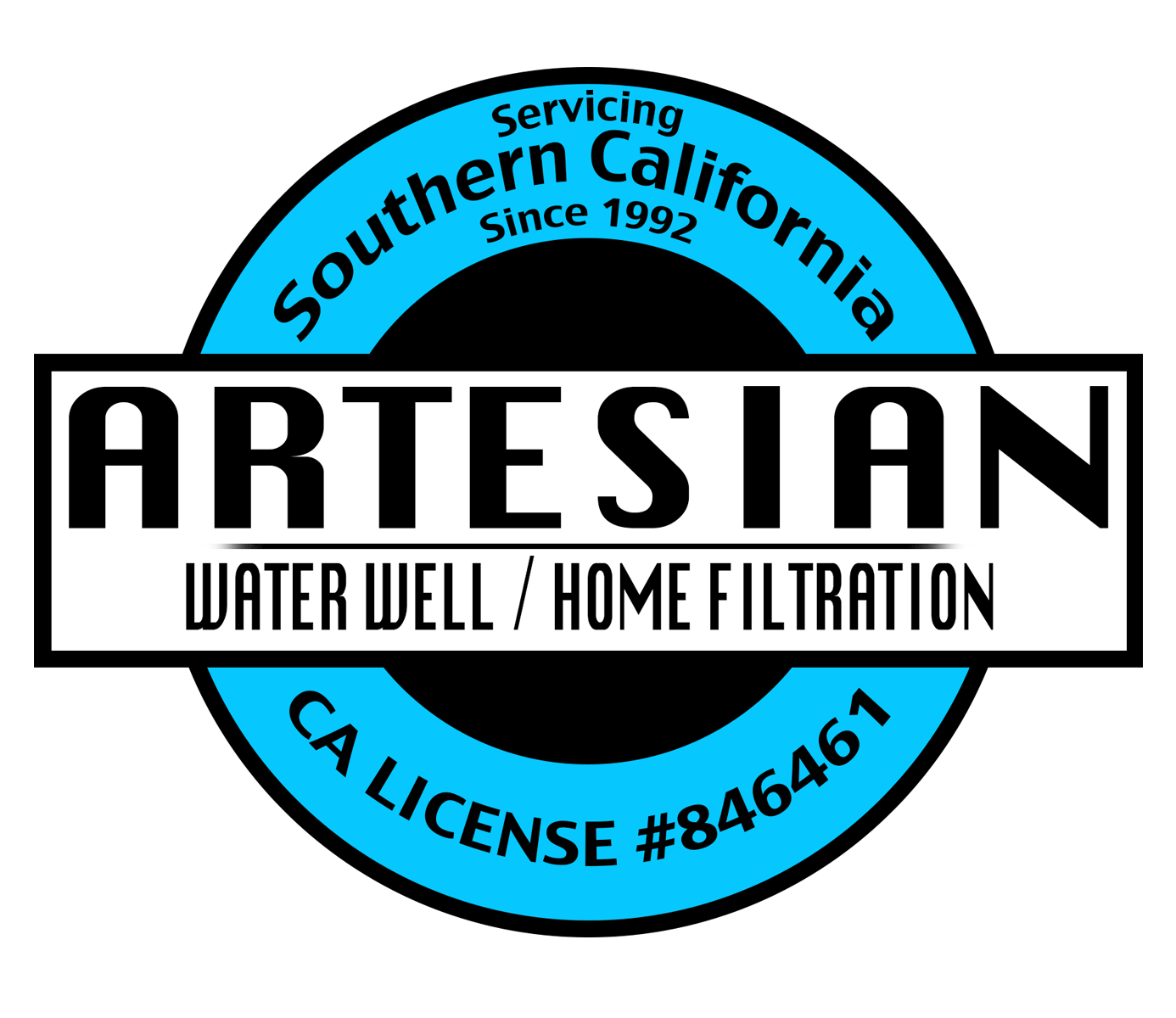well maintenance is key
Routine maintenance is critical for artesian water wells to ensure their longevity, efficiency, and the quality of the water they provide. Artesian wells tap into confined aquifers under pressure, causing water to rise naturally to the surface without pumping in many cases. However, despite this natural flow, these wells are not immune to issues that can compromise their performance over time. Here’s why routine maintenance is pivotal:
Preserving Water Quality: Artesian wells can become contaminated if the wellhead, casing, or surrounding area isn’t properly maintained. Cracks in the casing or poor sealing can allow surface water, debris, or pollutants to infiltrate the aquifer. Regular inspections and repairs help detect and fix these vulnerabilities, ensuring the water remains safe and clean.
Maintaining Flow and Pressure: The natural pressure in an artesian aquifer can diminish if sediment, mineral deposits (like calcium or iron), or biological growth (such as bacteria or algae) clog the well or its components. Routine cleaning, flushing, or rehabilitation prevents blockages and sustains consistent water flow and pressure.
Preventing Structural Failure: The well’s infrastructure—casing, pipes, and seals—can degrade due to corrosion, shifting soil, or wear over time. Without periodic checks, small issues like leaks or rust can escalate into catastrophic failures, requiring costly repairs or even well abandonment. Maintenance catches these problems early.
Avoiding Costly Overhauls: Neglecting routine care often leads to bigger issues that demand extensive intervention, like re-drilling or replacing major components. Scheduled maintenance—such as testing water chemistry, inspecting equipment, and servicing any pumps (if used)—is far more cost-effective than emergency fixes.
Compliance with Regulations: In many regions, artesian wells are subject to environmental or public health standards. Routine maintenance ensures the well meets legal requirements, avoiding fines or shutdowns. This might include monitoring for bacterial growth (e.g., iron bacteria) or ensuring proper wellhead protection.
For example, a typical maintenance schedule might involve annual inspections of the wellhead, periodic water testing for contaminants, and cleaning every few years to remove buildup. If the well has a pump or valve system, lubricating and checking those components regularly keeps everything running smoothly.
In short, routine maintenance keeps an artesian well productive and reliable, safeguarding both the water supply and the investment in the well itself. It’s like tuning up a car—you don’t wait for it to break down on the highway to realize you should’ve checked the oil.
